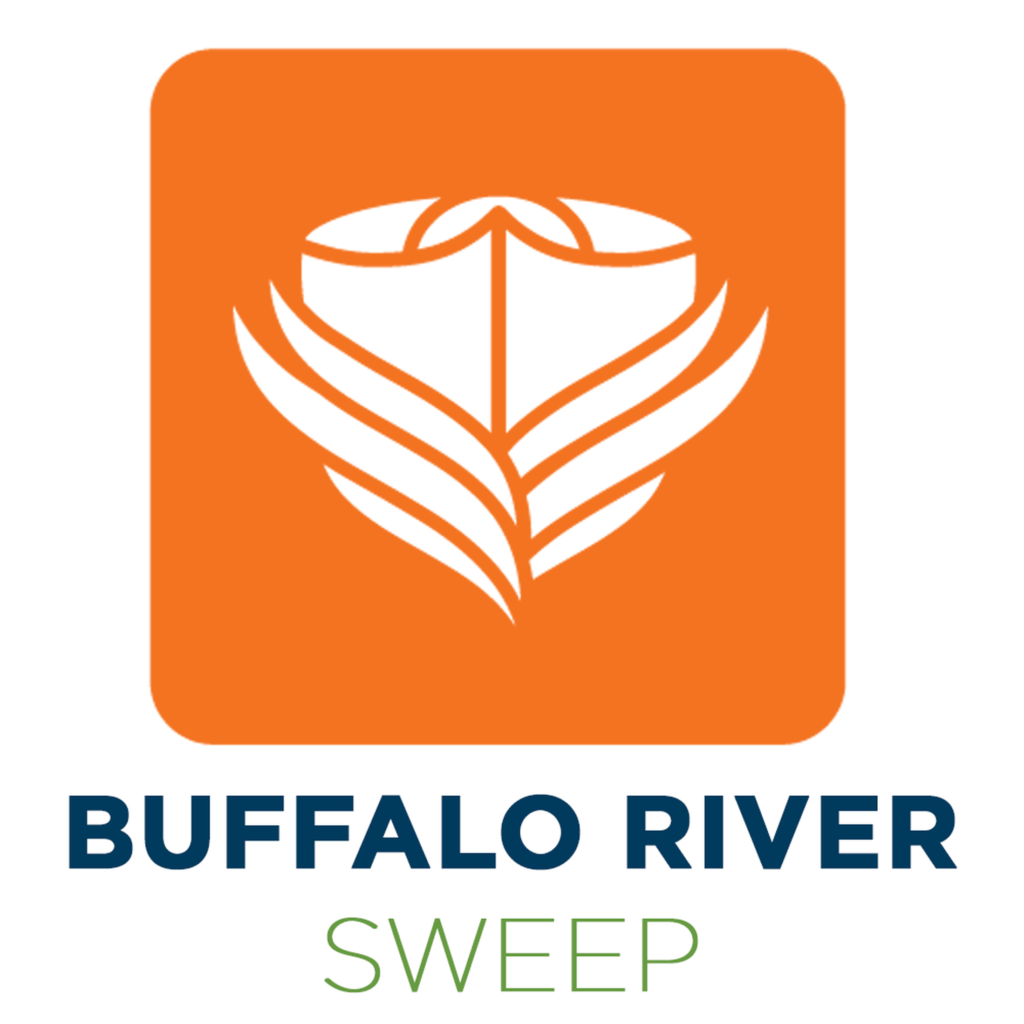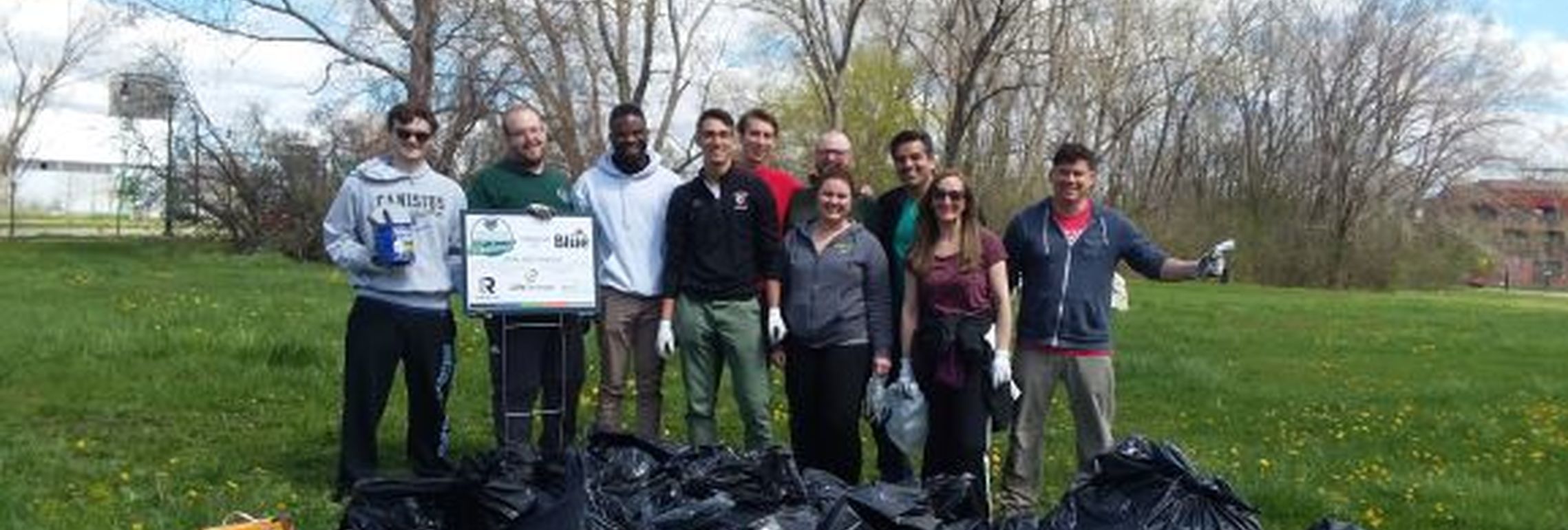
To provide some context, in 1967 the Buffalo River was declared dead and in 1987, the Buffalo River was designated an “Area of Concern” or one of the 43 most toxic hotspots in the Great Lakes. In 2003, the USEPA Great Lakes National Program Office selected Buffalo Niagara Waterkeeper (then called Friends of the Buffalo Niagara Rivers) to oversee the Remedial Action Plan. The Plan includes various strategies to clean up and restore the river, some of which are water quality monitoring, contaminated bottom sediment assessment and action determination, combined sewer overflow assessment, and fish and wildlife beneficial use restoration. Today, the Buffalo River is getting closer and closer to being delisted from being an Area of Concern!

If you’re interested in helping to clean up the Buffalo River, you have a couple of options. Choose to sign up for a Small Group Cleanup where you’ll be cleaning up a designated site along the Buffalo River on Saturday, June 26th or Saturday, July 3rd. If you aren’t free on those days, you can sign up for a Solo Sweep. A Solo Sweep allows you to choose whatever time and location works best for you and report your data online afterwards!




